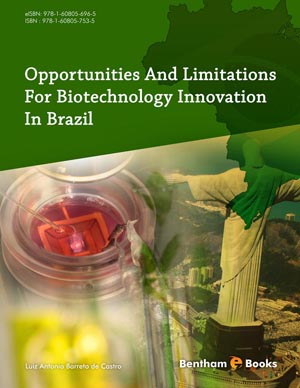Abstract
A proportion of major environmental and human health problems’ are imposed by contaminated soils and water. These natural resources are prone to contamination by both organic and inorganic contaminants. Heavy metals like Cu, Cd, Zn, As, Hg are the major inorganic contaminants. These contaminants are the result of various controlled and uncontrolled human activities like disposal of waste, mining etc. The major danger from these contaminants is their entry into human food chain because of possibility of certain plants to accumulate and translocate these contaminants to edible and harvested parts. Most of the conventional remedial technologies can be successful in certain specific situations, but, they are expensive and inhibit the soil fertility; thus subsequently causes negative impacts on the ecosystem. Different emerging phytoremediation technologies which imply the use of plants to remove or lower down the metal contamination may be used to combat the problem. This cost-effective plant-based approach to remediation takes advantage of the remarkable ability of plants to extract, sequester and detoxify pollutants. There are several types of phytoremediation viz., Phytoextraction, Phytostabilization, Rhizofiltration and Phytodegradation/Phytovolatalization. Hyperaccumulators are the best candidates for phytoremediation process. In recent years, knowledge of the physiological and molecular mechanisms of phytoremediation began to emerge together with biological and engineering strategies designed to optimize and improve phytoremediation. Transgenic plants have been developed for metal uptake, tolerance and detoxification. Genetic engineering is surely a powerful tool allowing investigating, evaluating and improving the potential of phytoremediation.
Keywords: Heavy metals, phytoremediation, phytoextraction, phytostabilization.












